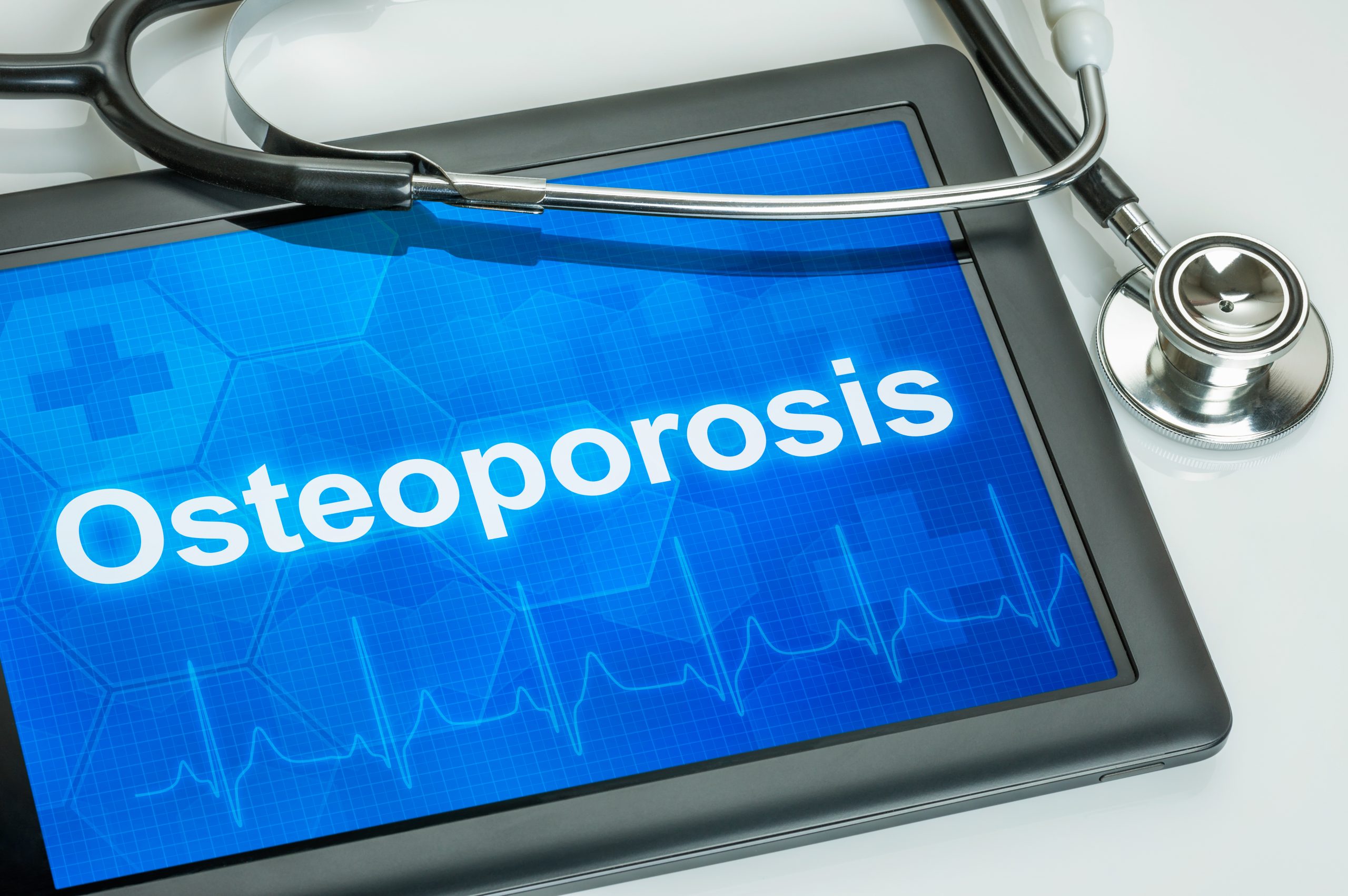
Most of us are aware that osteoporosis is a disease that weakens the bones, but what are the symptoms, risk factors, and treatment options for the disease?
“Osteoporosis is often a silent disease and many do not know they have osteoporosis until they have a fracture,” Carol Baker, APRN with Harrodsburg Family Medical Center said. “Screening and early detection are beneficial. With osteoporosis, bone loss occurs quicker than new bone creation, and bones become weak and brittle. This increases the risk for fractures. Risk factors for osteoporosis are age, gender, race, family history, lifestyle, medications, and body frame.”
Osteoporosis can be hereditary, Baker said. To help prevent osteoporosis, those at a higher risk should consume a diet rich in calcium and vitamin D. Avoiding smoking, heavy drinking, and excessive caffeine intake is also recommended. Maintaining a healthy weight and exercising regularly can also help prevent osteoporosis.
“Risk for osteoporosis for women is higher after menopause,” Baker said. “Women are also more likely than men to have osteoporosis.”
Baker said this occurs because of the reduction in estrogen levels after menopause, and because women are generally smaller and thinner than males. Women typically live longer than men as well, making them more at risk for osteoporosis because bone loss happens as an individual ages, bones weaken and growth slows over time.
Other risk factors for osteoporosis include lack of exercise or sedentary lifestyle, and eating disorders such as bulimia or anorexia.
“Foods rich in calcium include yogurt, milk, cheese, calcium-fortified cereals, sardines with bones, vegetables such as broccoli and kale, or dried beans. Foods rich in vitamin D are vitamin D fortified juices, milk, yogurt, egg yolks, and fish,” Baker said.
Individuals ages 18 to 50 need 1000 mg of calcium per day, while those over 50 require 1200 mg of calcium per day. Individuals older than 50, Baker said, need 600 IUs of vitamin D daily, while those over 70 require 800 IUs.
At this time, Baker said there are limited studies that support how well alternative medicine or natural treatments for osteoporosis work. Medical therapies, she said, can reverse the loss of bone density by slowing, maintaining, or even increasing bone density over time. Bone strengthening exercises are also beneficial in preventing and treating osteoporosis.
“Resistance training stresses the bones and this stimulates bone-building cells,” Baker said. “This helps to build strong bones.”
Exercise for prevention and treatment of osteoporosis should include weight-bearing exercise, muscle strengthening, balance and flexibility, and resistance training.
For more information, call Harrodsburg Family Medical Center at (859) 734-5770.
